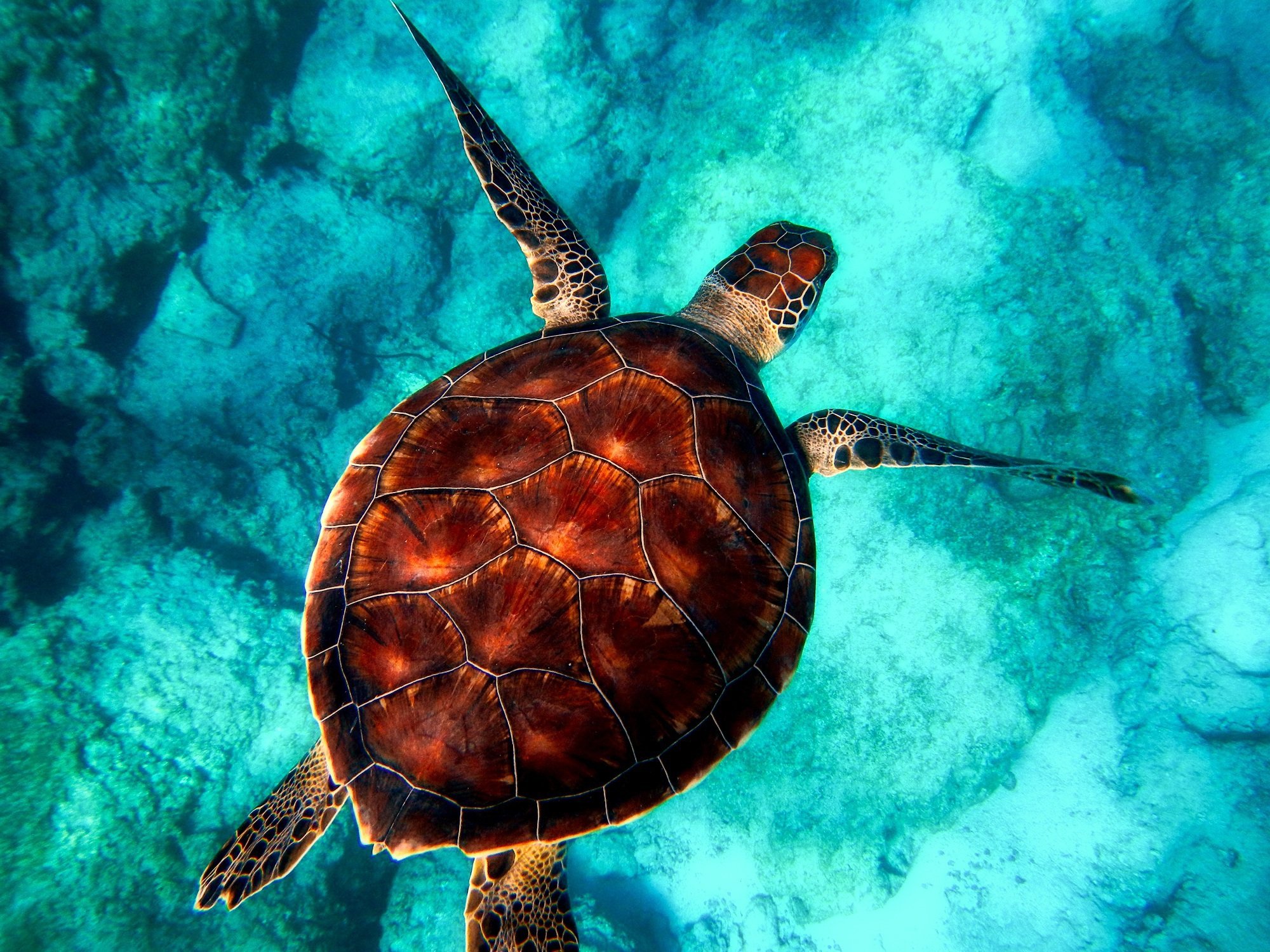At the end of summer, environmental conditions on the island of Elba become ideal for the hatching and journey to the sea of marine turtles: quieter beaches and dimmed lights help facilitate their natural instincts. However, in Marina di Campo, the situation remains critical.
Lights That Mislead the Hatchlings

Despite calls from Legambiente, the Tuscan Archipelago National Park, and the LIFE TurtleNest project, unnecessary lights remain on along the beach. Notably, a bright and dazzling sign from a large campsite located at the northeastern end of the beach continues to shine.
These light sources disorient the hatchlings, drawing them inland instead of toward the sea. This unnatural behavior puts their survival at serious risk, making them easy prey and preventing them from reaching their marine habitat.
Positive Examples: Procchio and Sant’Andrea
In other parts of Elba, such as Procchio and Sant’Andrea, the response has been different: thanks to the cooperation of tourism operators and local government actions, many lights have been turned off, creating a safer environment for the baby turtles. It’s a virtuous model that Marina di Campo is encouraged to follow.
Legambiente’s Call to Action
Legambiente Arcipelago Toscano urges the Marina di Campo municipality to adopt common-sense measures by turning off now-useless lights and signs at the end of the season, helping to protect a vulnerable species and support marine biodiversity conservation.
Guidelines to Reduce Light Pollution
The LIFE TurtleNest project has created a guidebook for coastal businesses to reduce the impact of artificial lighting. Key recommendations include:
-
Use lighting only for specific tasks or safety, not for decorative purposes.
-
Direct light downward and only where truly needed (e.g., walkways, service areas).
-
Avoid lighting the beach, water, or natural features.
-
Shield lights visible from the beach to minimize light spillage.
-
Install automatic systems such as dimmers, timers, and motion sensors.
-
Turn off lights entirely during closed hours.
-
Use warm-colored lights (2700K or lower) both indoors and outdoors.
-
Avoid fixed or rotating light beams, even if temporary.
-
Follow the CMS Guidelines for responsible lighting.
Protecting marine turtles is not just an environmental concern, but a sign of respect for the island’s natural balance. Reducing light pollution is a simple yet powerful action to safeguard the future of these animals.